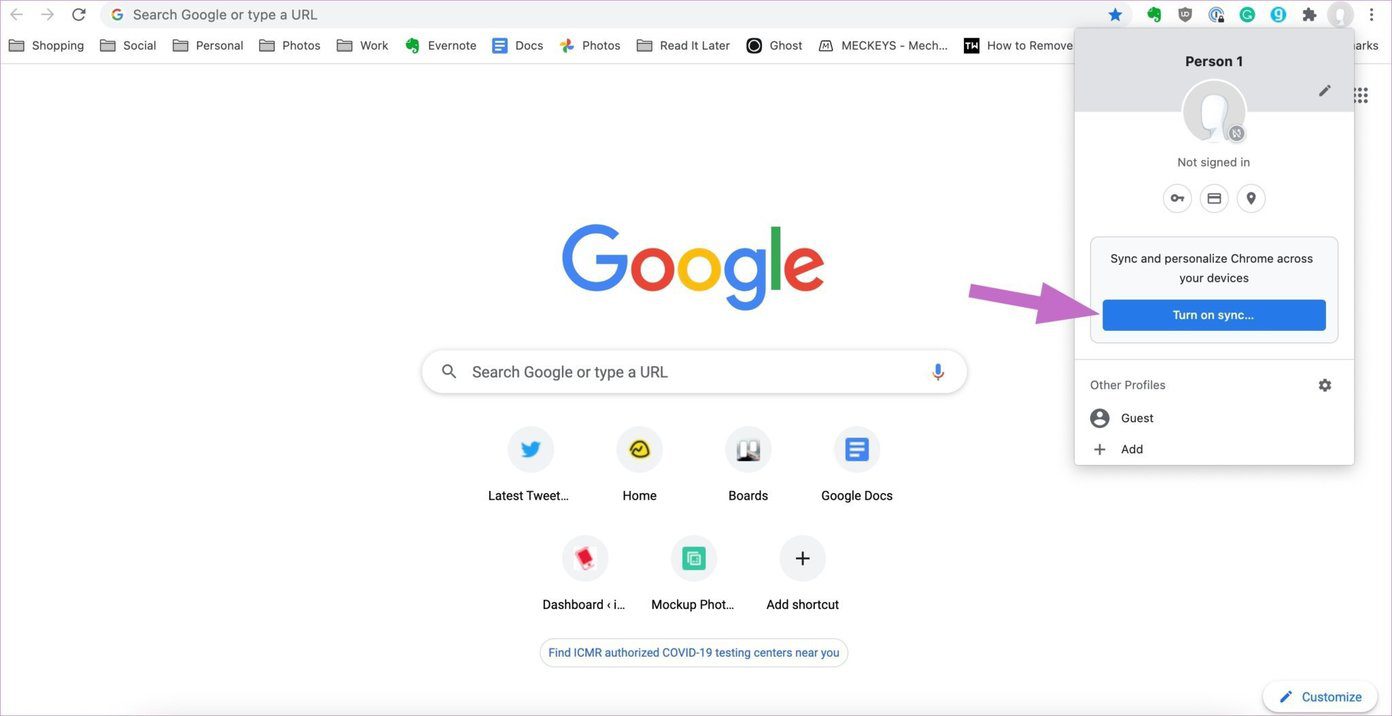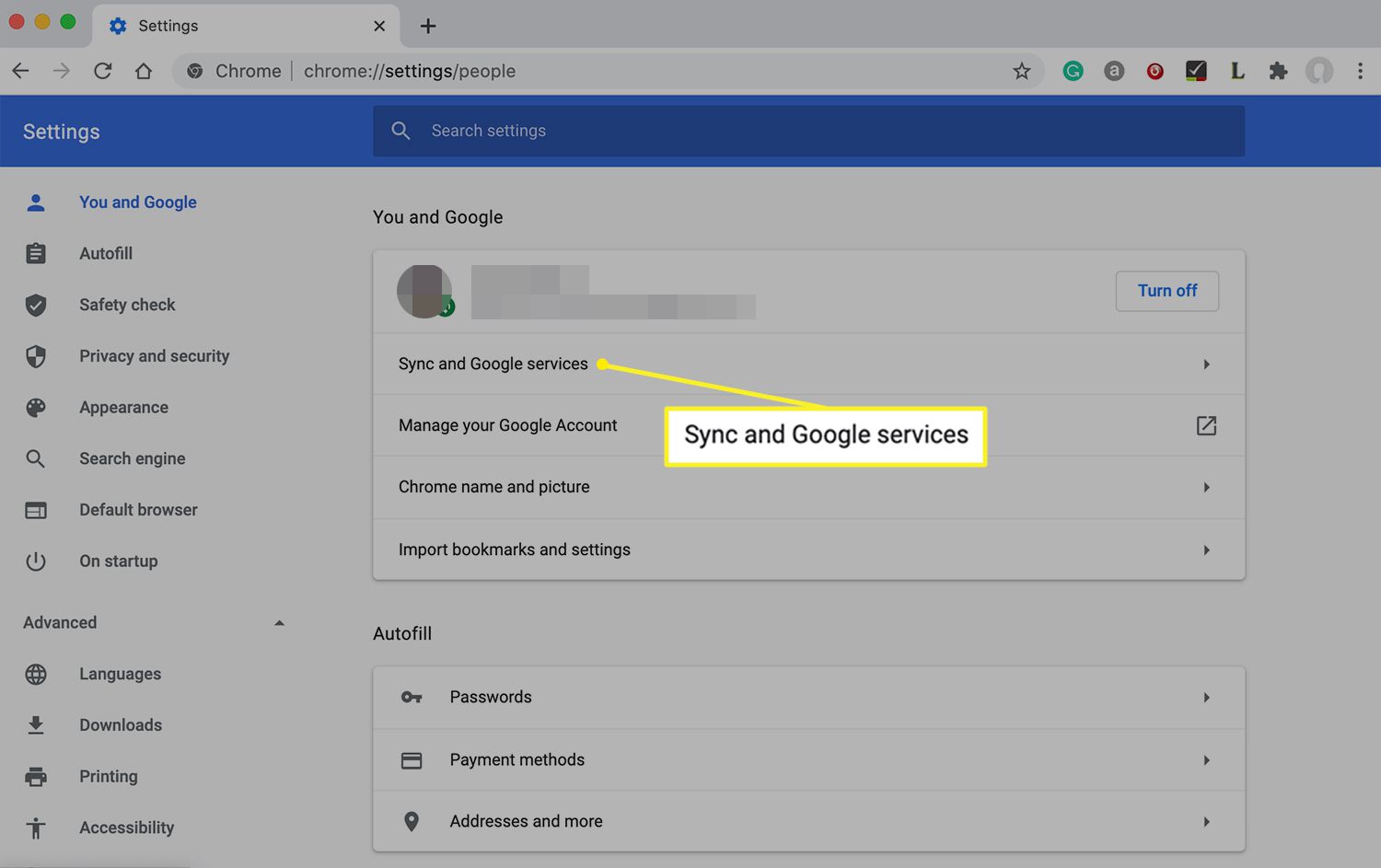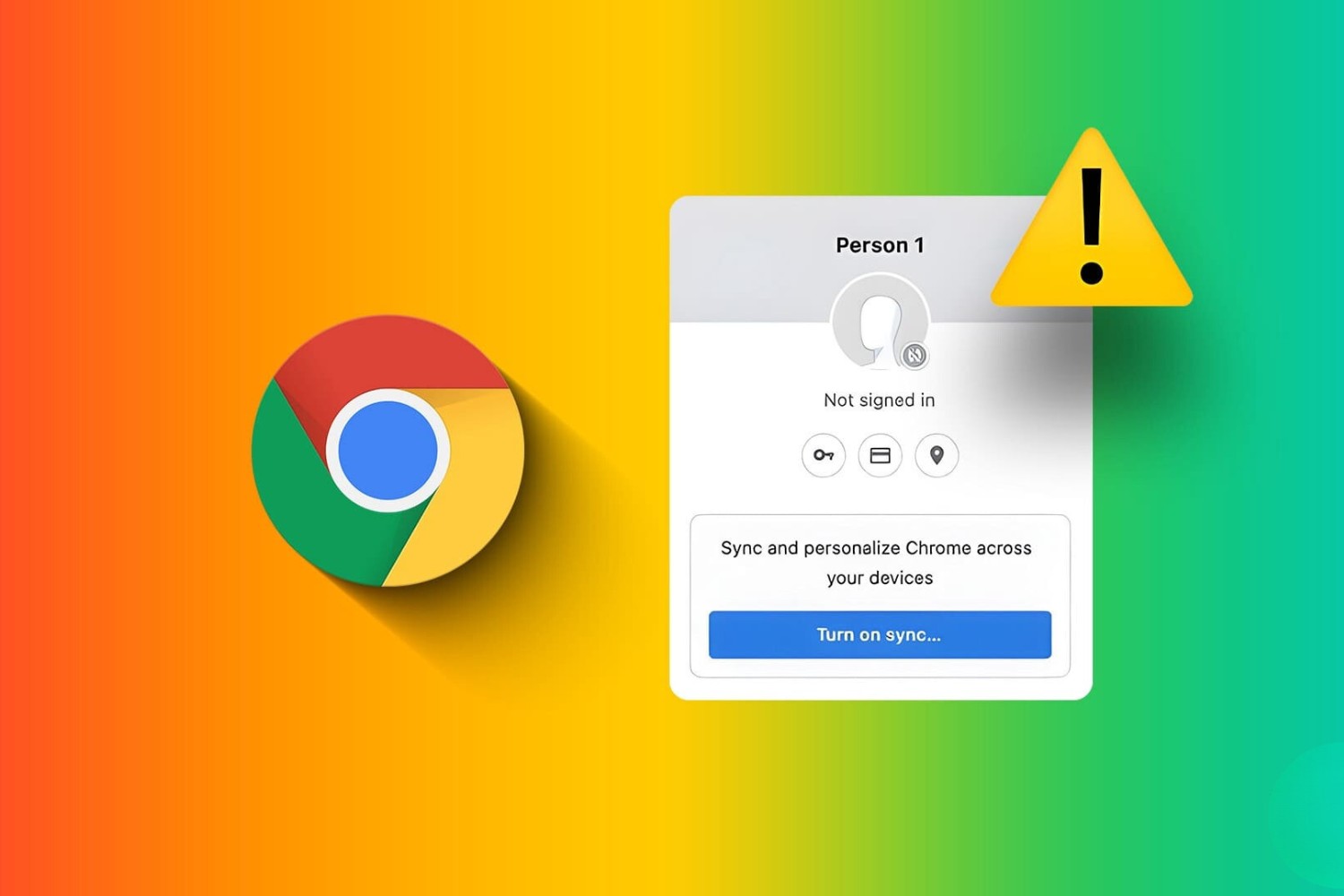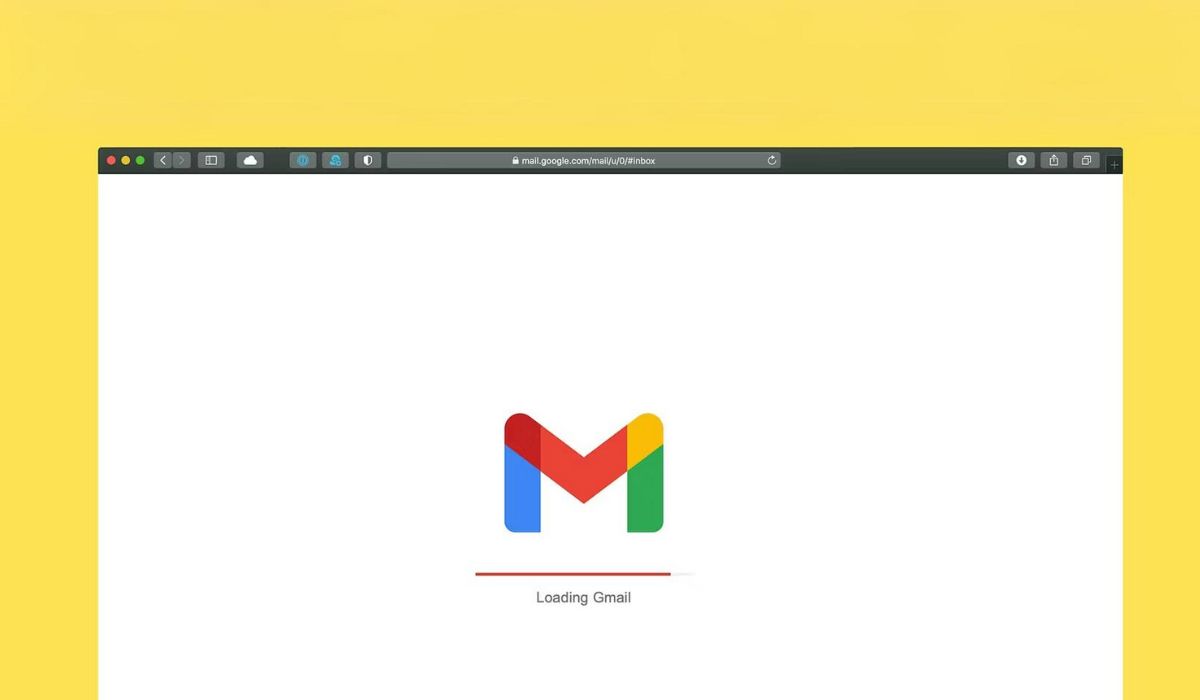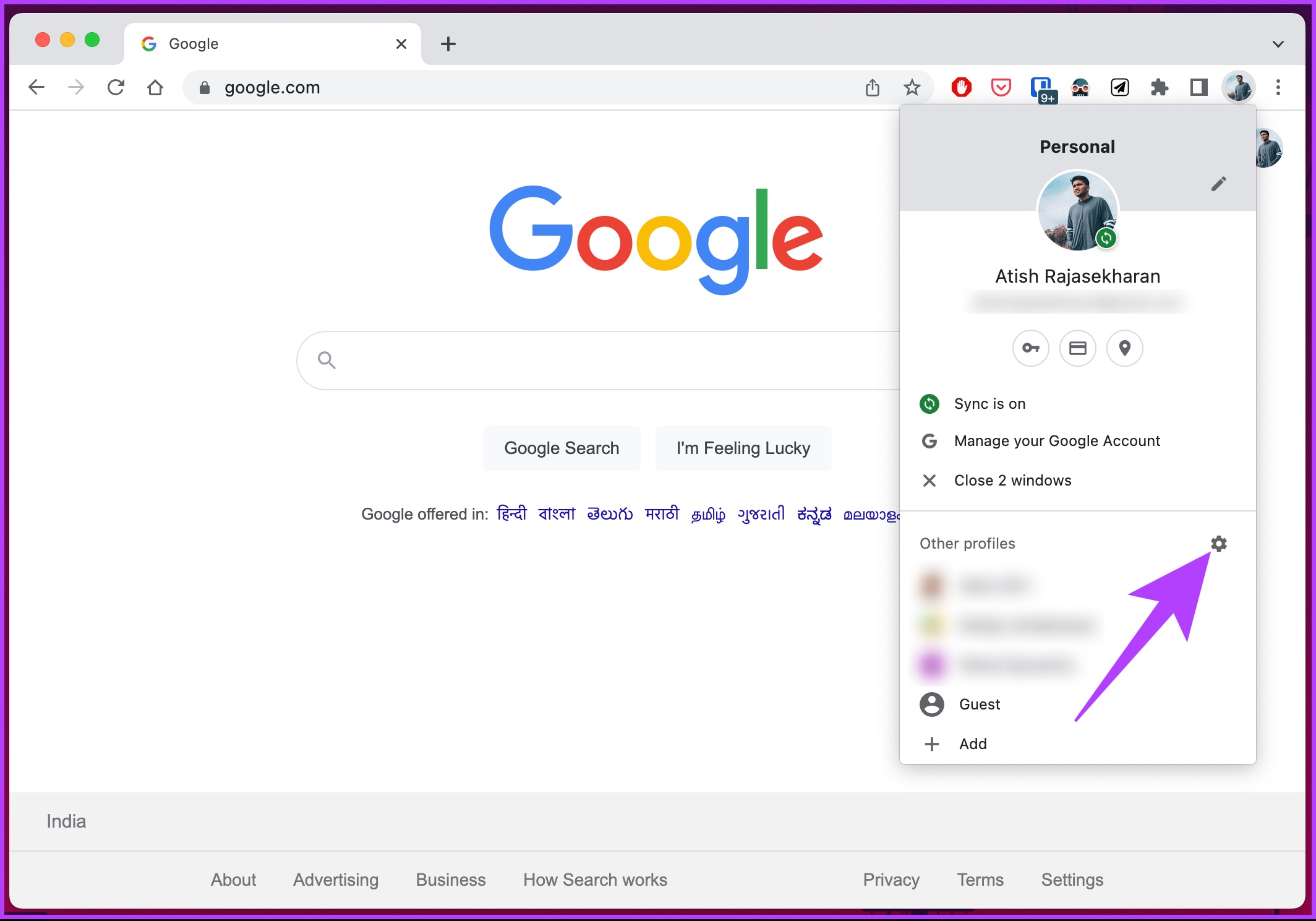Introduction
Google Chrome is one of the most popular web browsers, known for its user-friendly interface and a wide range of features. Many users rely on Chrome to access their Google accounts, enabling seamless integration with various Google services. However, there are instances when users may need to sign out of their Google accounts on Chrome for privacy, security, or troubleshooting purposes. This article will guide you through the different methods to sign out of Google on Chrome, ensuring that your personal information remains secure and your browsing experience is tailored to your specific needs.
Whether you're using Chrome on a shared device and want to prevent unauthorized access to your Google account or simply wish to clear your browsing data without affecting your account settings, knowing how to sign out of Google on Chrome is essential. Additionally, signing out of your Google account can be beneficial when troubleshooting issues related to account synchronization, cookies, or cached data. By familiarizing yourself with the various methods available, you can confidently manage your account settings and browsing activities on Chrome, ensuring a personalized and secure online experience.
Method 1: Signing Out of Google Account
Signing out of your Google account on Chrome is a straightforward process that can be accomplished in just a few simple steps. Whether you're using a shared device, wish to switch to a different Google account, or want to ensure the privacy of your browsing session, signing out is essential. Here's how you can do it:
-
Click on Your Profile Picture: In the top-right corner of the Chrome window, you will see your profile picture or initial. Click on it to reveal a dropdown menu.
-
Select "Sign Out": From the dropdown menu, select the "Sign Out" option. This action will immediately log you out of your Google account on Chrome.
-
Confirm Sign Out (If Prompted): Depending on your account settings, you may be prompted to confirm the sign-out action. If so, click "Sign Out" to proceed.
-
Verify Sign Out: To ensure that you have been successfully signed out, you can navigate to any Google service or website and check if you are prompted to sign in again.
By following these steps, you can effectively sign out of your Google account on Chrome, providing peace of mind and control over your browsing activities. It's important to note that signing out of your Google account on Chrome does not delete any browsing history or stored data. If you wish to clear your browsing data, you can explore the next method.
Signing out of your Google account on Chrome is a simple yet powerful way to manage your online presence and maintain the security of your personal information. Whether you're using a public computer, sharing a device with others, or simply want to switch between multiple Google accounts, knowing how to sign out of Google on Chrome empowers you to take control of your browsing experience.
Method 2: Clearing Chrome Browser Data
Clearing your Chrome browser data is a fundamental aspect of maintaining your online privacy and optimizing your browsing experience. Over time, your browser accumulates various types of data, including cookies, cached images and files, browsing history, and stored passwords. While these data serve to enhance your browsing efficiency, they can also compromise your privacy and security if not managed effectively. Clearing your browser data not only removes clutter and improves performance but also ensures that your personal information remains protected.
Here's how you can clear your Chrome browser data:
-
Access Chrome Settings: Click on the three-dot menu icon in the top-right corner of the Chrome window. From the dropdown menu, select "Settings" to access the browser's configuration options.
-
Navigate to Privacy and Security: In the Settings menu, scroll down and click on "Privacy and Security" in the left-hand sidebar. This section contains various privacy and security-related settings for your Chrome browser.
-
Choose Clear Browsing Data: Under the "Privacy and Security" section, select "Clear browsing data." This action will open a new tab or window where you can customize the types of data to be cleared.
-
Select Data Types: You will be presented with a list of data types, including browsing history, cookies and other site data, cached images and files, and more. Choose the data types you want to clear based on your preferences.
-
Choose Time Range (Optional): Chrome allows you to specify the time range for which you want to clear the selected data. You can opt to clear data from the past hour, day, week, month, or all time.
-
Click "Clear Data": Once you have selected the data types and time range, click the "Clear Data" button to initiate the clearing process. Chrome will promptly remove the selected data from your browser.
By regularly clearing your Chrome browser data, you can maintain a clean and efficient browsing environment while safeguarding your privacy. This practice is particularly beneficial when using shared devices or public computers, as it ensures that your personal information does not linger on the system after your browsing session.
In addition to the manual clearing process outlined above, Chrome also offers the option to automatically clear certain types of data upon exiting the browser. This feature, known as "Clear browsing data when you quit Chrome," can be enabled in the Chrome settings under the "Privacy and Security" section.
Overall, clearing your Chrome browser data is a proactive measure that empowers you to manage your online footprint and protect your sensitive information. By incorporating this practice into your regular browsing routine, you can enjoy a more secure and personalized online experience.
Method 3: Using Chrome Incognito Mode
Chrome's Incognito mode offers a convenient and secure way to browse the web without leaving a trace of your online activity on the device you are using. Whether you are concerned about maintaining privacy, testing website functionality without cache interference, or simply wish to prevent your browsing history from being recorded, utilizing Chrome's Incognito mode can be highly beneficial.
To access Chrome's Incognito mode, follow these simple steps:
-
Open a New Incognito Window: Click on the three-dot menu icon in the top-right corner of the Chrome window. From the dropdown menu, select "New incognito window." Alternatively, you can use the keyboard shortcut Ctrl + Shift + N (Command + Shift + N on Mac) to open a new Incognito window directly.
-
Start Browsing Privately: Once the Incognito window is open, you will notice a dark browser theme and a prominent message indicating that you are incognito. In this mode, Chrome does not save your browsing history, cookies, site data, or information entered in forms. Additionally, files you download and bookmarks you create will not be preserved after you close the Incognito window.
-
Explore Incognito Features: While in Incognito mode, you can browse the web as you normally would, with the added assurance that your activity is not being recorded on the device. It's important to note that Incognito mode does not make you invisible online, as your internet service provider, employer, or the websites you visit can still track your activity. However, it does prevent Chrome from storing information about your browsing session on the local device.
-
Close the Incognito Window: Once you have finished your private browsing session, simply close the Incognito window. Any browsing history, cookies, or temporary data associated with your Incognito session will be promptly deleted, ensuring that your online activity remains confidential.
Chrome's Incognito mode is a valuable tool for managing your online privacy and controlling the information stored by your browser. Whether you are using a shared computer, conducting sensitive research, or simply want to explore the web without leaving a digital footprint, Incognito mode empowers you to browse privately and securely.
By incorporating Chrome's Incognito mode into your browsing routine, you can enjoy the freedom to explore the web without concerns about your browsing history, cookies, or site data being retained on the device. This feature provides a level of privacy and control that is particularly useful in various scenarios, making it an essential tool for anyone seeking a more discreet and secure browsing experience.
Conclusion
In conclusion, understanding how to sign out of Google on Chrome and effectively manage your browsing data is essential for maintaining privacy, security, and control over your online activities. By following the methods outlined in this article, you can confidently navigate the intricacies of Chrome's features and optimize your browsing experience to align with your specific needs.
Signing out of your Google account on Chrome provides a fundamental layer of security, particularly when using shared devices or public computers. This simple yet powerful action ensures that your personal information remains safeguarded and that unauthorized access to your account is prevented. Whether you're switching between multiple Google accounts or simply wish to maintain the privacy of your browsing session, knowing how to sign out of Google on Chrome empowers you to take control of your online presence.
Furthermore, clearing your Chrome browser data is a proactive measure that not only enhances the performance of your browser but also protects your privacy. By regularly clearing browsing history, cookies, cached files, and other site data, you can mitigate the risk of unauthorized data access and maintain a clutter-free browsing environment. This practice is particularly valuable when using shared devices or public computers, as it ensures that your personal information does not persist beyond your browsing session.
Additionally, Chrome's Incognito mode offers a convenient and secure way to browse the web without leaving a trace of your online activity on the device you are using. Whether you're conducting sensitive research, testing website functionality, or simply seeking a more discreet browsing experience, Incognito mode provides a valuable tool for maintaining privacy and controlling the information stored by your browser.
By incorporating these methods into your browsing routine, you can enjoy a more secure, personalized, and efficient online experience. Whether you're a casual user, a professional navigating sensitive information, or someone who values privacy and control over their online activities, mastering these techniques empowers you to make the most of Chrome's capabilities while safeguarding your personal information.
In essence, the ability to sign out of Google on Chrome, clear browsing data, and utilize Incognito mode underscores the importance of user empowerment and privacy management in the digital age. By leveraging these methods, you can navigate the online landscape with confidence, knowing that your browsing activities are tailored to your preferences and aligned with your privacy and security priorities.









